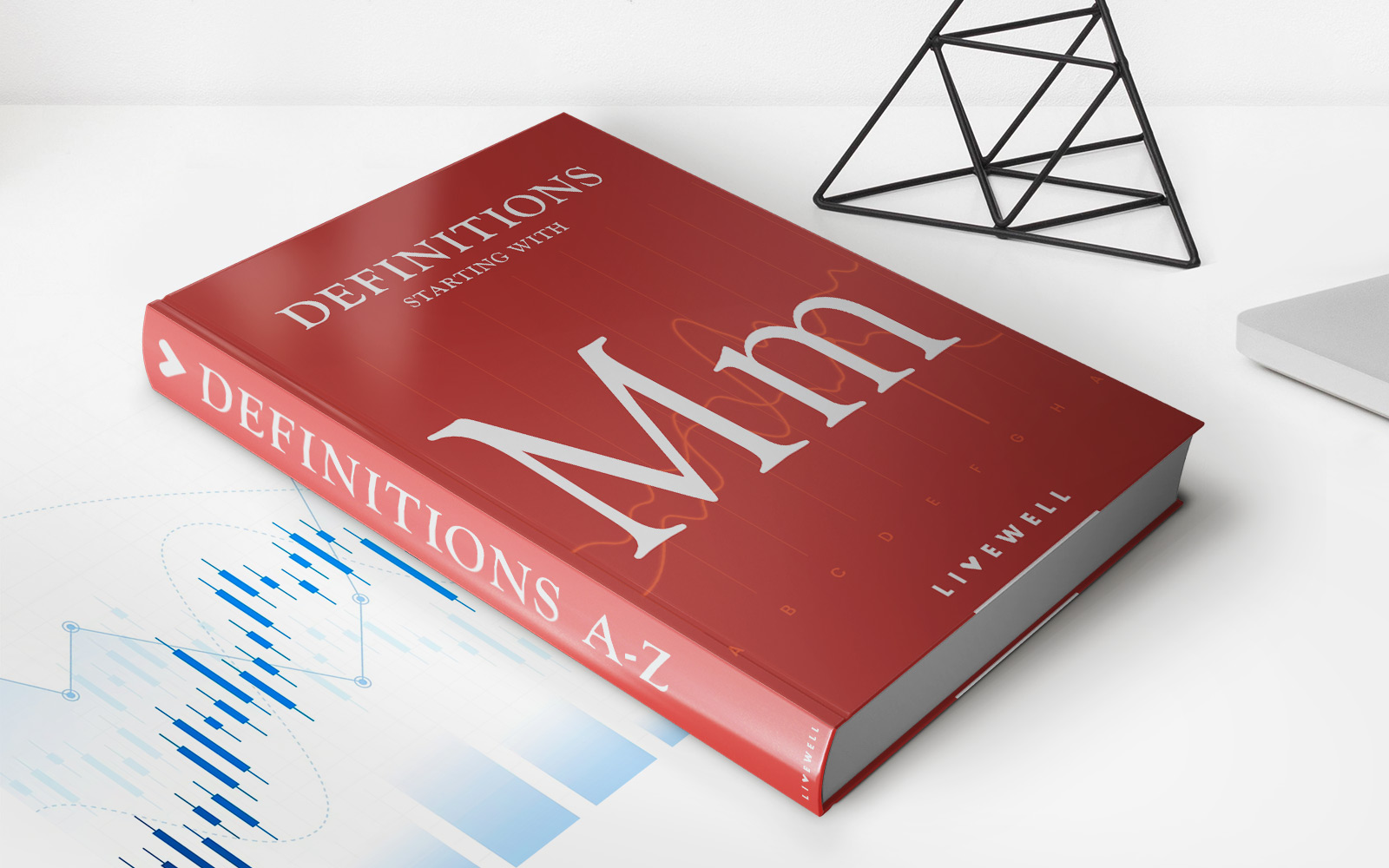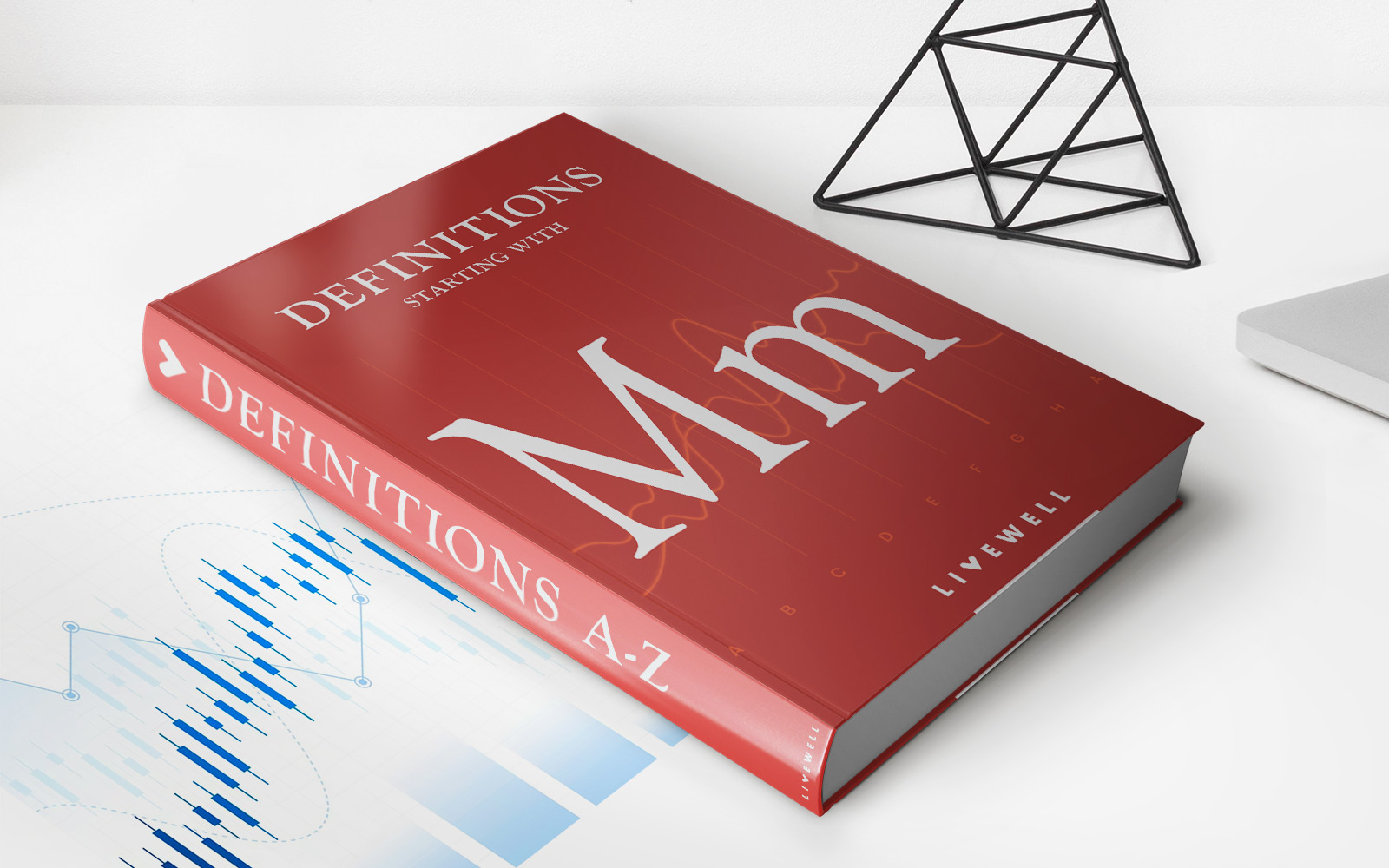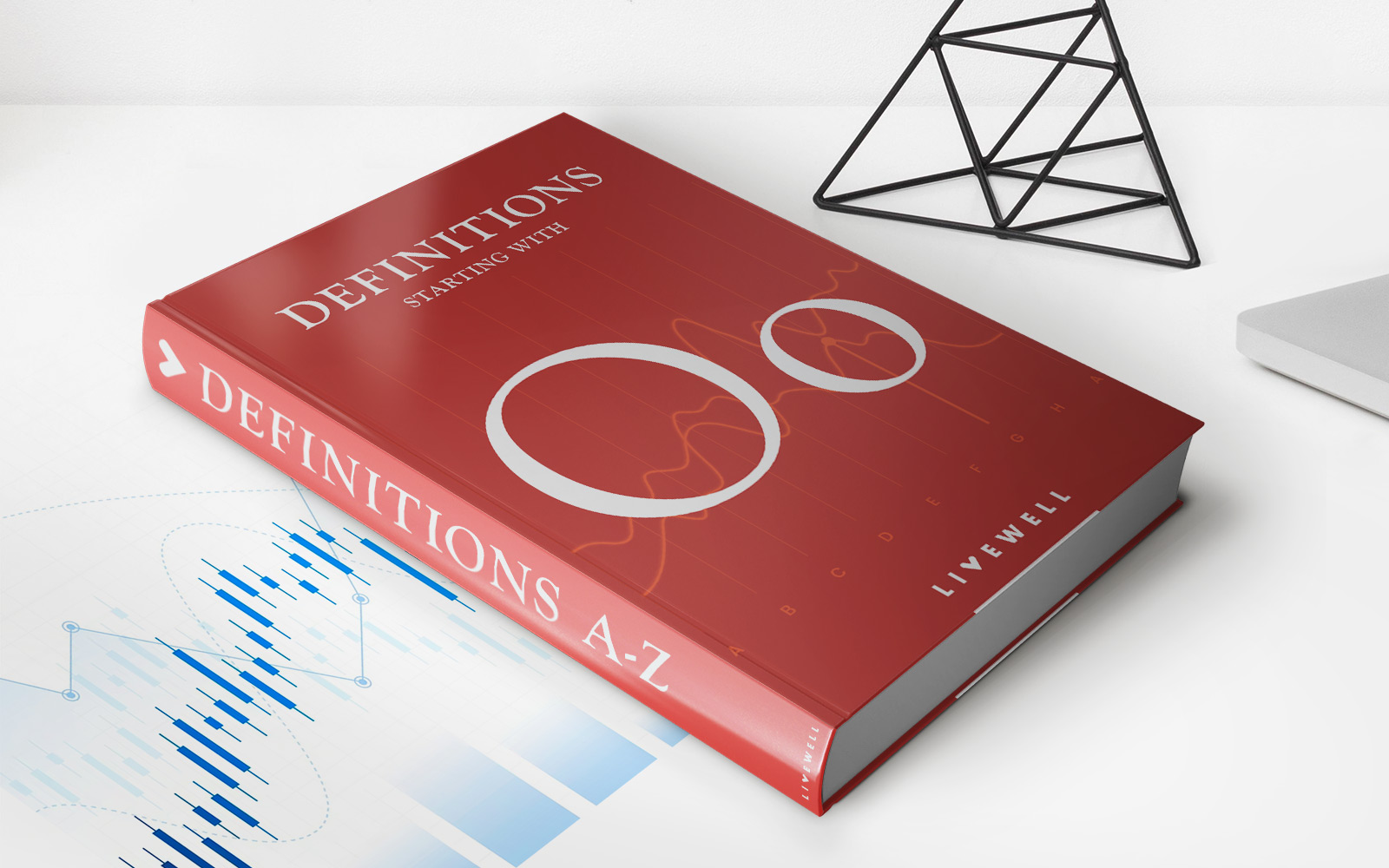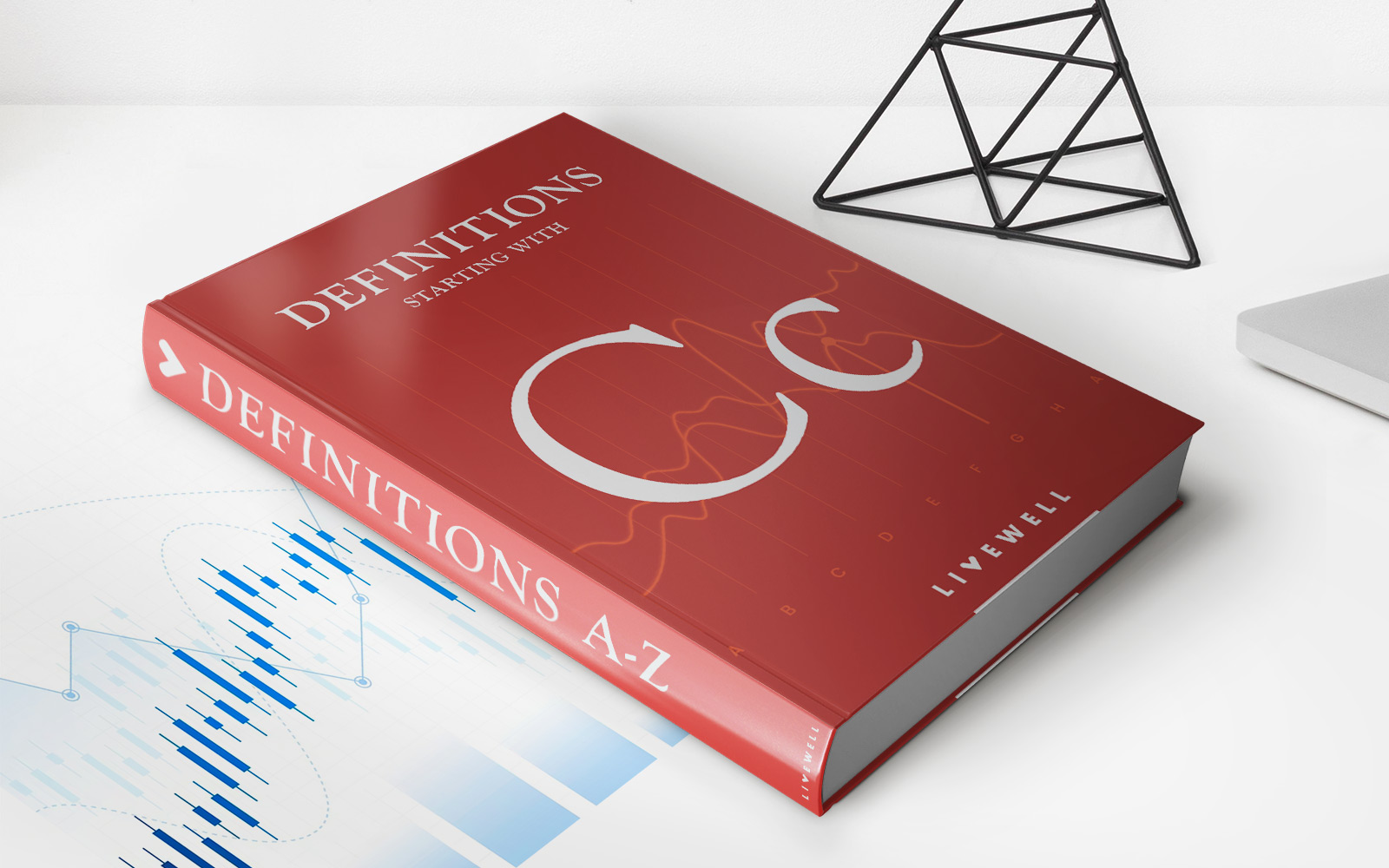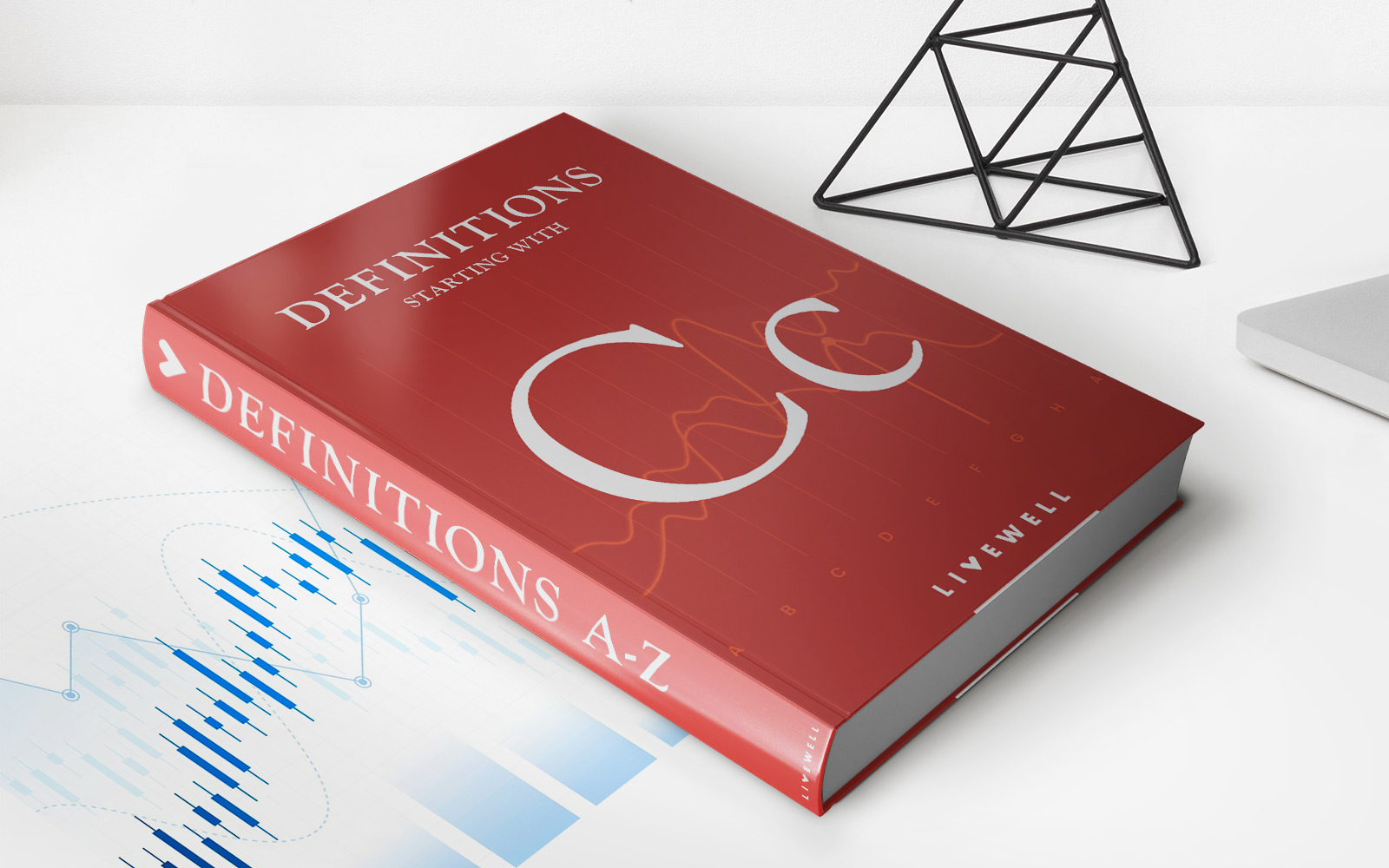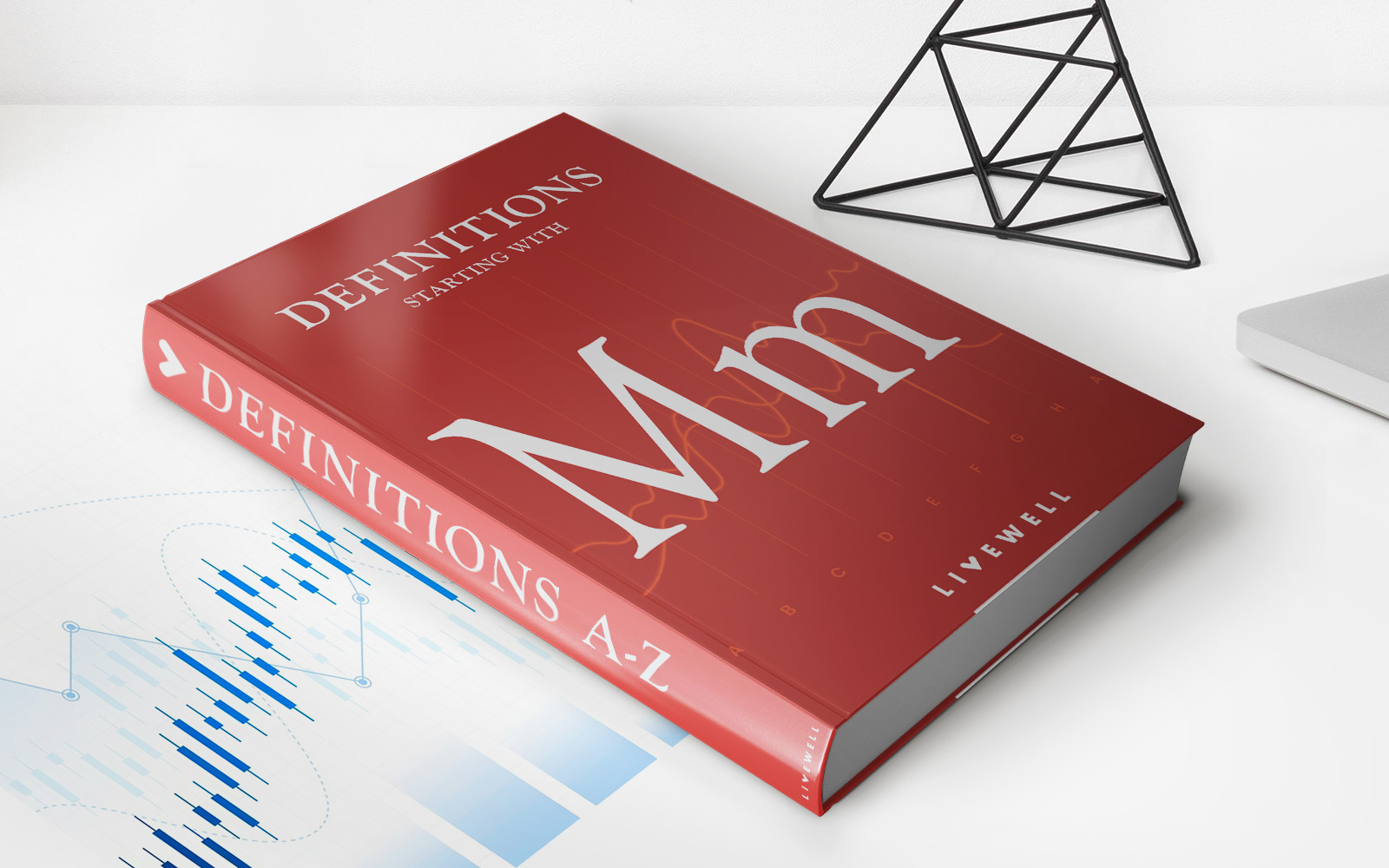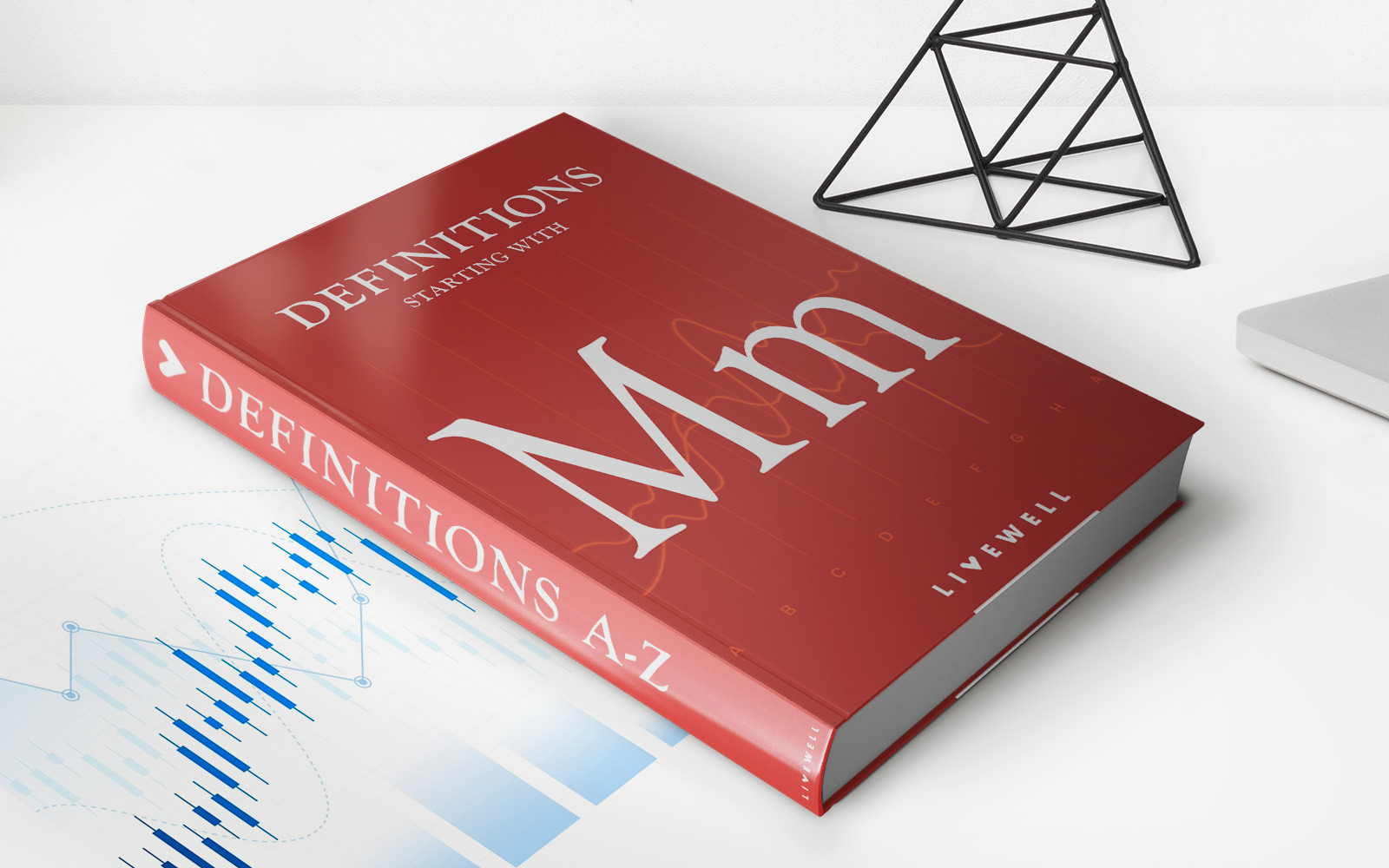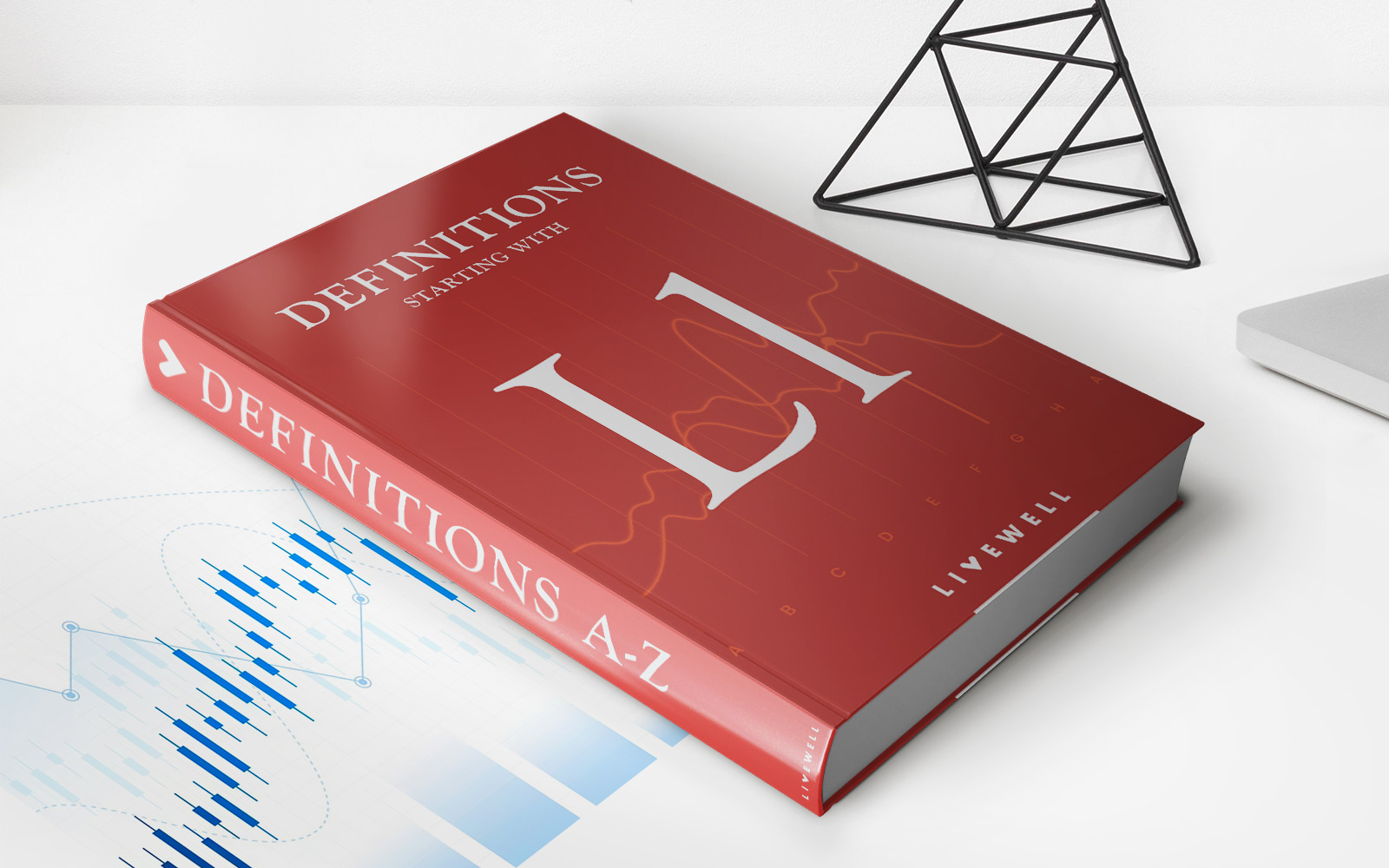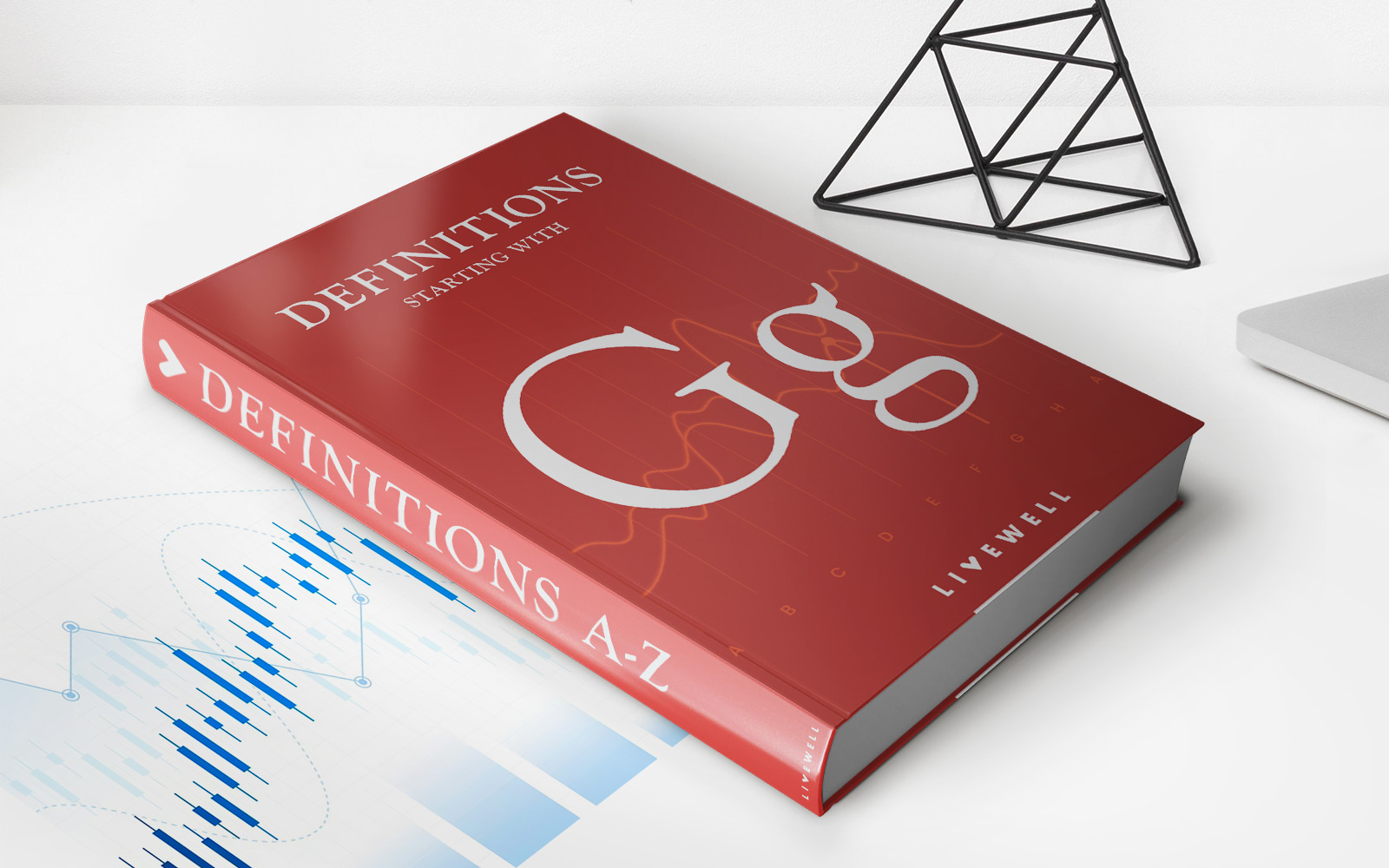Home>Finance>Market-on-Close (MOC) Order: Definition, Risks, And Benefits
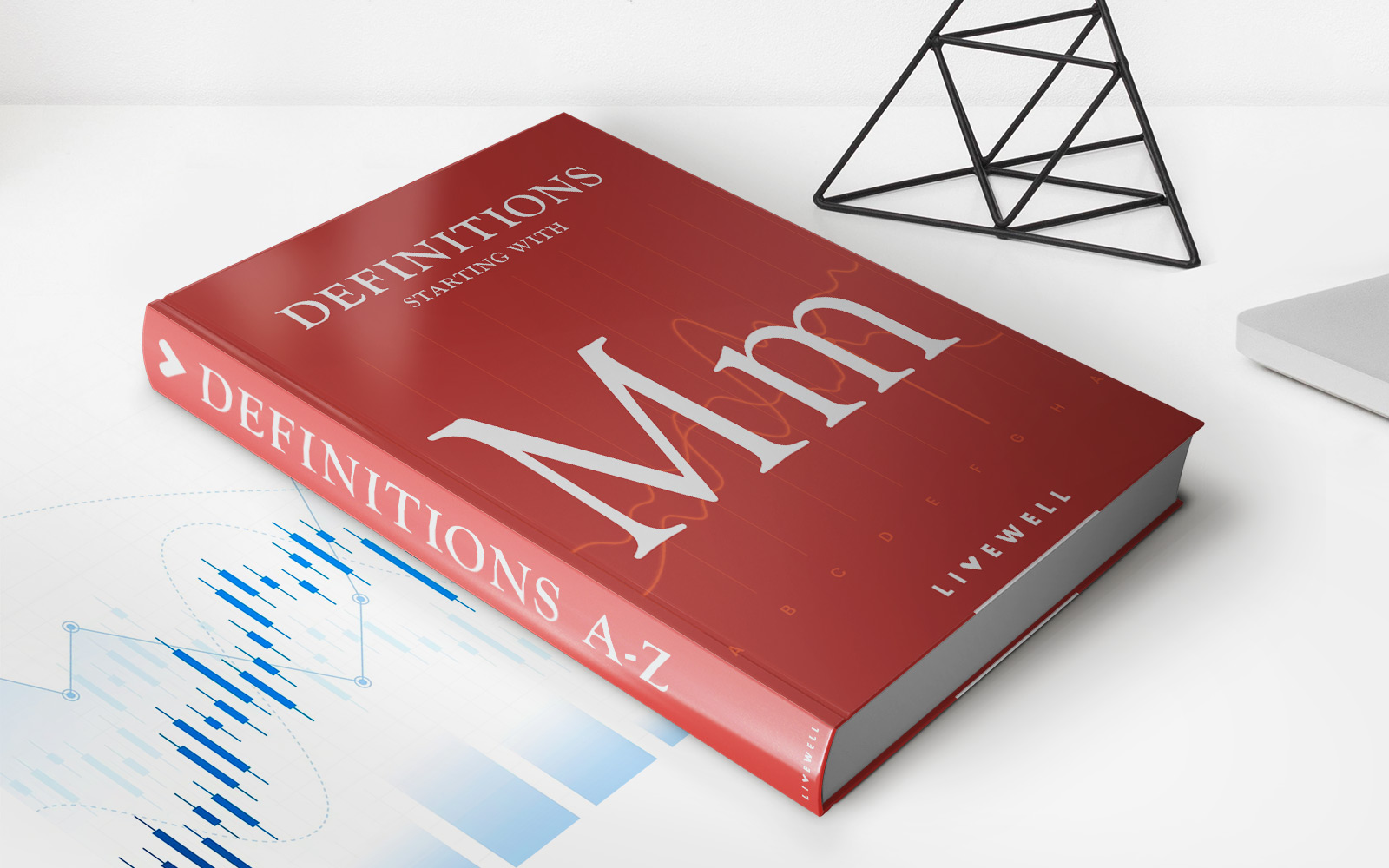

Finance
Market-on-Close (MOC) Order: Definition, Risks, And Benefits
Published: December 23, 2023
Learn about the definition, risks, and benefits of Market-on-Close (MOC) orders in finance. Discover how this order type can impact your investment strategy.
(Many of the links in this article redirect to a specific reviewed product. Your purchase of these products through affiliate links helps to generate commission for LiveWell, at no extra cost. Learn more)
Market-on-Close (MOC) Order: Definition, Risks, and Benefits
Welcome to our “FINANCE” category, where we dive deep into various financial topics to help you navigate the complex world of money management. In today’s post, we will discuss the Market-on-Close (MOC) order, a popular trading method used by many investors. If you’re wondering what exactly an MOC order is and how it can benefit your investment strategy, you’ve come to the right place.
Key Takeaways:
- An MOC order is a type of order that allows investors to execute trades at the closing price of the trading day.
- MOC orders can be beneficial for investors who want to take advantage of potential price movements during the market’s closing minutes.
So, what is a Market-on-Close (MOC) order? Simply put, an MOC order is a trading instruction that allows an investor to execute a trade at the closing price of a security on a given trading day. This means that your buy or sell order will be fulfilled just before the market officially closes for the day. This type of order is commonly used by investors who believe that the closing price is indicative of the security’s true value and want to position themselves accordingly.
Now, let’s take a closer look at the risks and benefits associated with MOC orders:
Risks of MOC Orders:
- MOC orders may not be executed if there is insufficient liquidity in the market at the closing time.
- As MOC orders are executed at the closing price, there is a possibility of significant price fluctuations during the market’s closing minutes, which could result in unexpected gains or losses.
- If the investor’s intended trade size is large, it may impact the closing price of the security, leading to execution at a different price than expected.
Benefits of MOC Orders:
- MOC orders allow investors to capture potential price movements that occur during the closing auction period.
- By executing a trade at the closing price, investors can gain exposure to the security’s true value based on market sentiment at the end of the trading day.
- MOC orders can be a valuable tool for day traders, as they provide an opportunity to capitalize on short-term price fluctuations.
It’s important to note that the risks and benefits of MOC orders should be carefully analyzed and considered in the context of your overall investment strategy. As with any trading approach, it’s crucial to have a solid understanding of the market dynamics and potential implications before implementing MOC orders into your portfolio.
In conclusion, Market-on-Close (MOC) orders offer investors the opportunity to execute trades at the closing price of a security. While they can provide advantages such as capturing potential price movements and gaining exposure to a security’s true value, they also come with risks, including insufficient liquidity and unexpected price fluctuations. As with any trading strategy, it’s essential to weigh these factors and make informed decisions based on your investment goals and risk tolerance.
Thank you for reading! We hope this blog post has provided you with valuable insights into the world of MOC orders and their potential impact on your investment strategy. Stay tuned for more informative posts in our “FINANCE” category!


